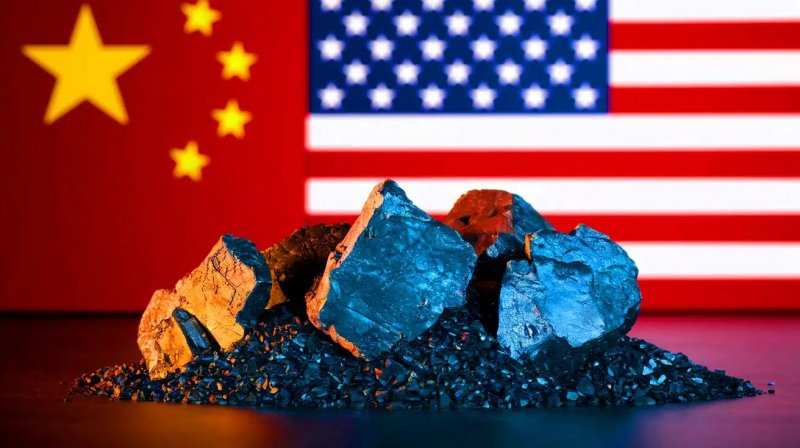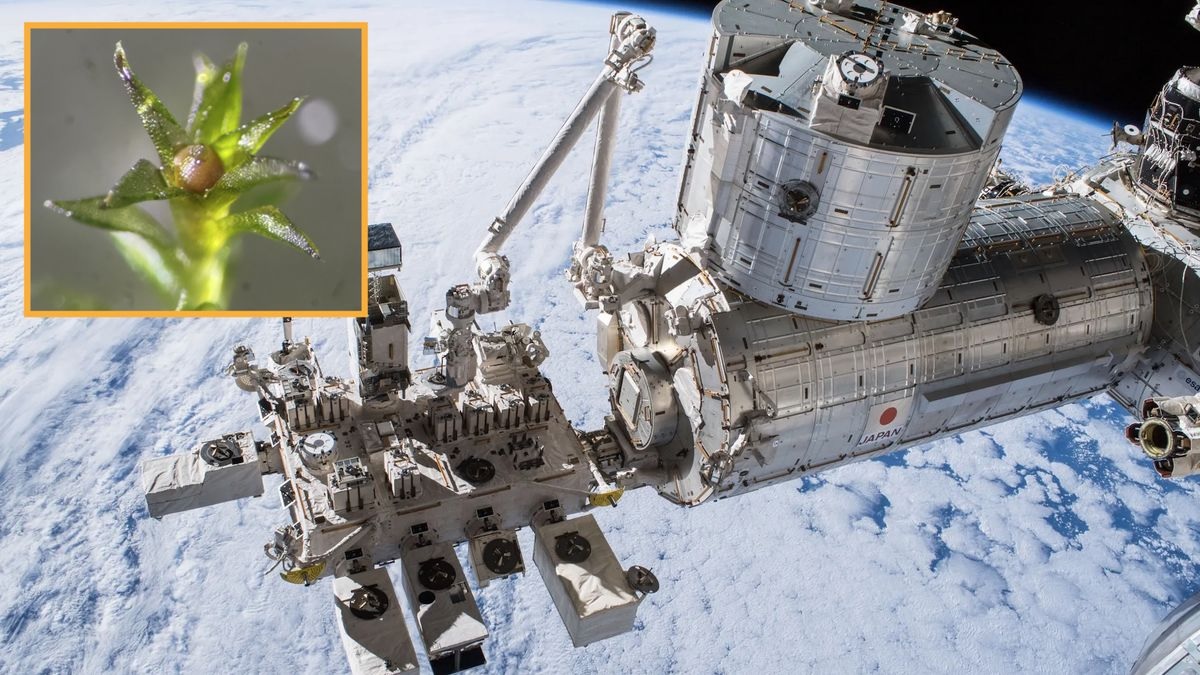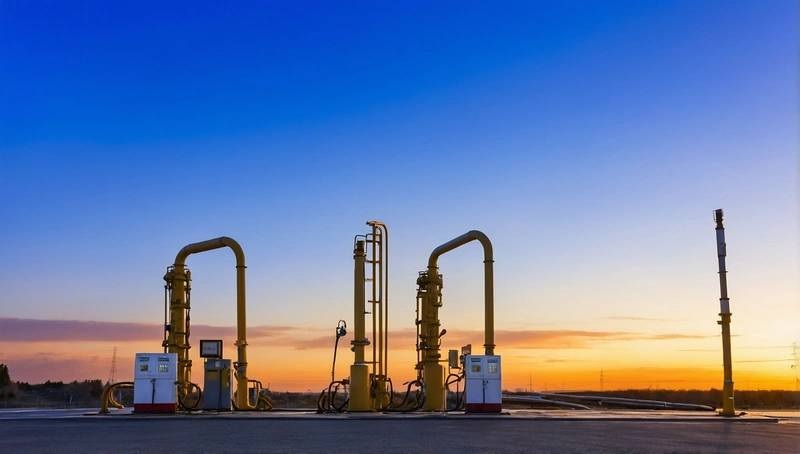U.S. Bets on Rare Earths Push to Close Gap With China

Federal backing and new tech reshape critical-minerals race
The United States is ramping up efforts to rebuild a rare earths supply chain after years of dependence on China for minerals vital to electric vehicles, wind turbines and advanced weapons systems. A new round of federal support, including loan guarantees and research funding, aims to help domestic and allied producers scale up mining, processing and magnet manufacturing. Supporters say the push could reduce a major strategic vulnerability, arguing that any disruption in Chinese exports would ripple through U.S. industry. The challenge is steep: China still dominates the market from mine to finished magnets, thanks to decades of investment, looser environmental standards and a tightly coordinated industrial policy.
Recent U.S. moves center on a mix of direct financing, tax incentives and support for emerging technologies that promise cleaner extraction and processing. Companies are experimenting with new methods to separate rare earth elements using less toxic chemicals and to extract them from unconventional sources, such as mine waste and old electronics. The Defense Department has also stepped up procurement contracts that guarantee a buyer for domestically produced materials, giving investors more confidence to back costly projects. At the same time, Washington is working with allies like Australia and Canada to build a network of mines and refineries that can feed into U.S. manufacturing, spreading both the economic benefits and the environmental burden.
Environmental trade-offs and industrial risks
The rare-earths push raises complex environmental and social questions. Communities near proposed mines worry about radioactive waste, water contamination and long-term damage to local ecosystems, especially in regions that have already lived through earlier waves of resource extraction. Advocates argue that new technologies and stricter regulations can reduce harm, but opponents remain skeptical that oversight will be strong enough once projects are underway. There is also a tension between climate goals and industrial expansion: the same minerals enabling cleaner energy systems require heavy mining, and the full cost of that transition is only beginning to emerge.
Economists warn that building parallel supply chains will be expensive and could take years to pay off. Even with subsidies, U.S. producers may struggle to match China’s lower costs, raising the risk that projects will stall once political attention shifts or prices fall. Yet officials insist that treating rare earths purely as a commodity is short-sighted; they frame the effort as an insurance policy against geopolitical shocks. For manufacturers of EVs, wind turbines and electronics, the message is clear: diversify sources, sign long-term supply contracts, and invest in recycling so that fewer critical minerals end up in landfills. Whether this late push is enough to close the gap with China will depend on sustained political will, community buy-in and the speed at which new technologies move from lab to commercial scale.




















